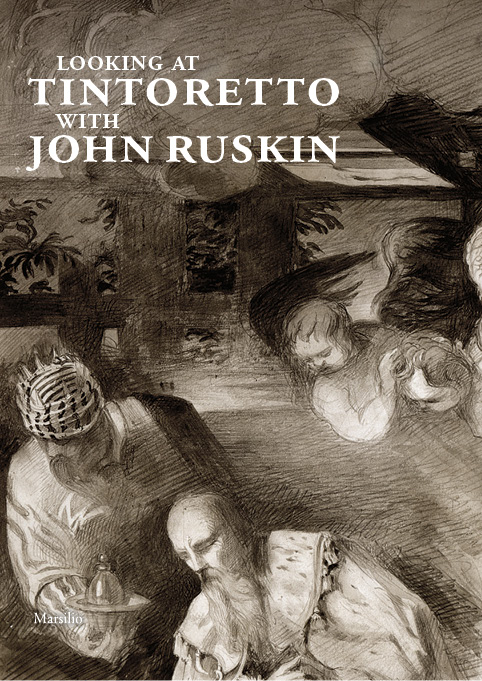For Ruskin, some dates represented turning points in his per - sonal and working life: 23rd September 1845 is one such date. In letters written from Venice to his father that autumn he writes of being “overwhelmed” by the power of Tintoretto, and of feel - ing called to safeguard his paintings together with the fate of the city itself. Ruskin’s discovery of Tintoretto’s work plays a central role in his aesthetics, and was to inspire some of his best writ - ing. Through Modern Painters and The Stones of Venice, works that were to be deeply influential throughout mid 19th-century Europe, Ruskin contributed to the establishment of Tintoretto’s international fame and his insights still inform our ways of look - ing at his painting. The collection of writings published here appears for the first time in a well-organised and easily consultable form, a form that Ruskin himself had planned for English visitors. It takes us to paintings in churches throughout the city, though it is the Church and Scuola di San Rocco which stand out as having been the focus of extended and concentrated attention on Rus - kin’s part. Neglected by Ruskin scholars, his “Venetian Index”, in particular, meticulously records the state of conservation of Tintoretto’s canvases at a time of neglect and conflict, while sur - veying the artist’s oeuvre as a whole and minutely examining individual paintings. Quintessentially Ruskinian in its investigation of the language of sacred iconography and the origins of landscape painting, this guide to Tintoretto’s painting generates interpretations which art historians will find stimulating, but will also prove illuminating for non-expert readers wishing to explore a great painter through the sensibility of the critic who first introduced him to the English.
